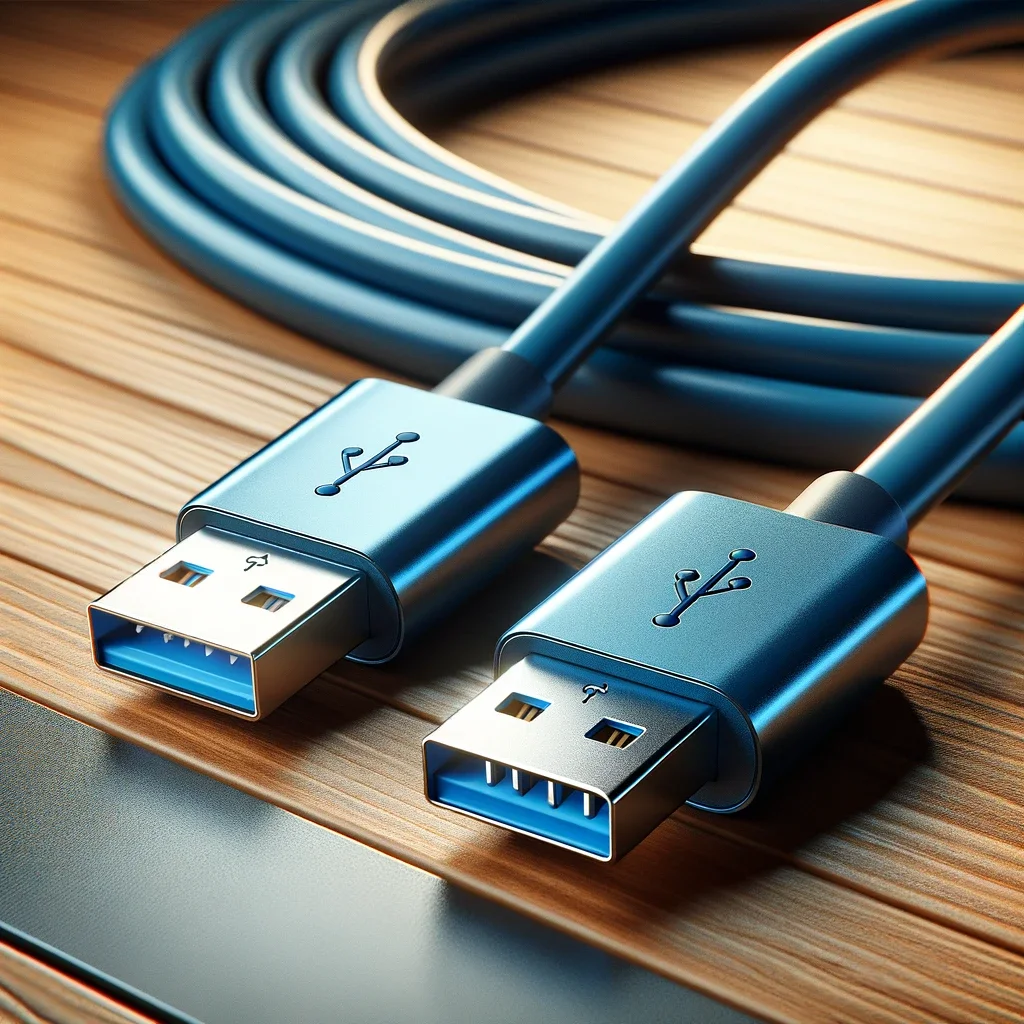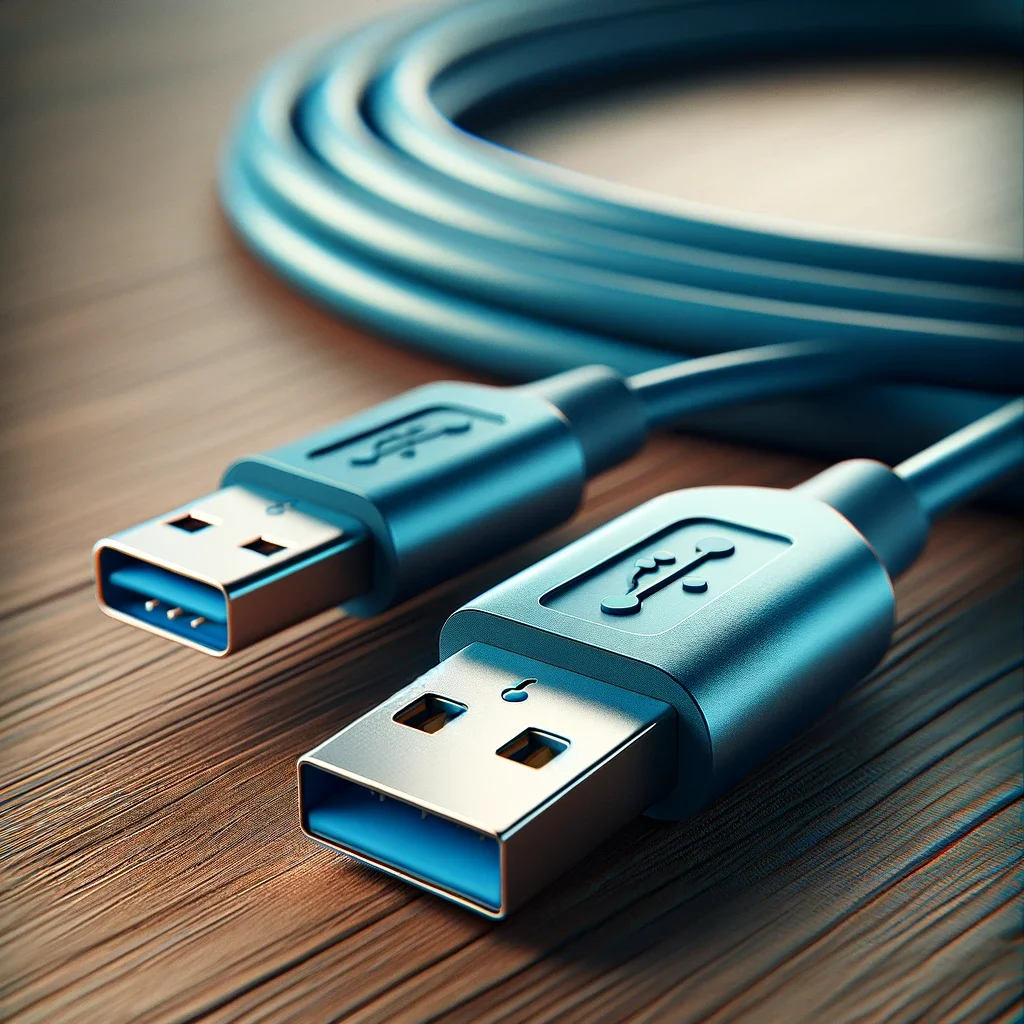In the world of modern technology, the USB 3 cable has emerged as a game-changer, offering enhanced data transfer speeds, improved power delivery, and versatility in connecting a wide range of devices. In this article, we will explore the significance of USB 3 cables, their features, benefits, and the diverse applications they serve in our digital lives.
What is USB 3 Cable?
USB 3, short for Universal Serial Bus 3.0, is a hardware interface that provides faster data transfer rates and improved power delivery compared to its predecessors, USB 1.1 and USB 2.0. The USB 3 cable, also known as a SuperSpeed USB cable, is the physical connector used to transmit data and power between USB 3.0-compatible devices.

Key Features of USB 3 Cable
- Enhanced Data Transfer Speed: The most notable feature of USB 3 cables is their significantly faster data transfer speed. USB 3.0 offers a theoretical maximum data transfer rate of 5 gigabits per second (Gbps), which is about ten times faster than USB 2.0. This speed boost allows for quicker file transfers and efficient data backup.
- Backward Compatibility: USB 3 cables and ports are designed to be backward compatible with USB 2.0 devices. While the transfer speeds may be limited when connecting a USB 3 cable to a USB 2.0 device, it ensures compatibility across various generations of USB devices.
- Improved Power Delivery: USB 3 cables can deliver more power, making them suitable for charging a wider range of devices, including smartphones, tablets, and laptops. This feature simplifies charging multiple devices with a single cable.
- Durability: USB 3 cables are often built with improved materials and construction, making them more durable and resistant to wear and tear over time.
- Multiple Connector Types: USB 3 cables come in various connector types, including Type-A, Type-B, Micro USB, and USB-C, ensuring compatibility with different devices and applications.
Applications of USB 3 Cable
- External Hard Drives: USB 3 cables are commonly used to connect external hard drives, allowing for high-speed data backup and storage solutions.
- Printers and Scanners: USB 3 cables enable efficient data transfer between computers and peripheral devices such as printers and scanners.
- Smartphones and Tablets: USB 3 cables are used for charging and data transfer between computers and mobile devices. Many modern smartphones and tablets come with USB-C connectors that support USB 3.0 speeds.
- Cameras and Camcorders: Professional photographers and videographers benefit from USB 3 cables for quick file transfers between cameras and computers.
- Gaming Consoles: USB 3 cables are utilized in gaming consoles for connecting external storage devices and accessories, enhancing the gaming experience.
- Laptops and PCs: USB 3 cables play a crucial role in connecting various peripherals, such as monitors, keyboards, mice, and audio devices, to laptops and desktop computers.
The USB 3 cable has revolutionized the way we connect and transfer data in the digital age. Its high-speed data transfer capabilities, backward compatibility, enhanced power delivery, and durability make it an essential tool for various applications, from home and office computing to photography and gaming. As technology continues to advance, USB 3 cables will remain a vital component of our interconnected digital world, facilitating seamless data exchange and device connectivity.


